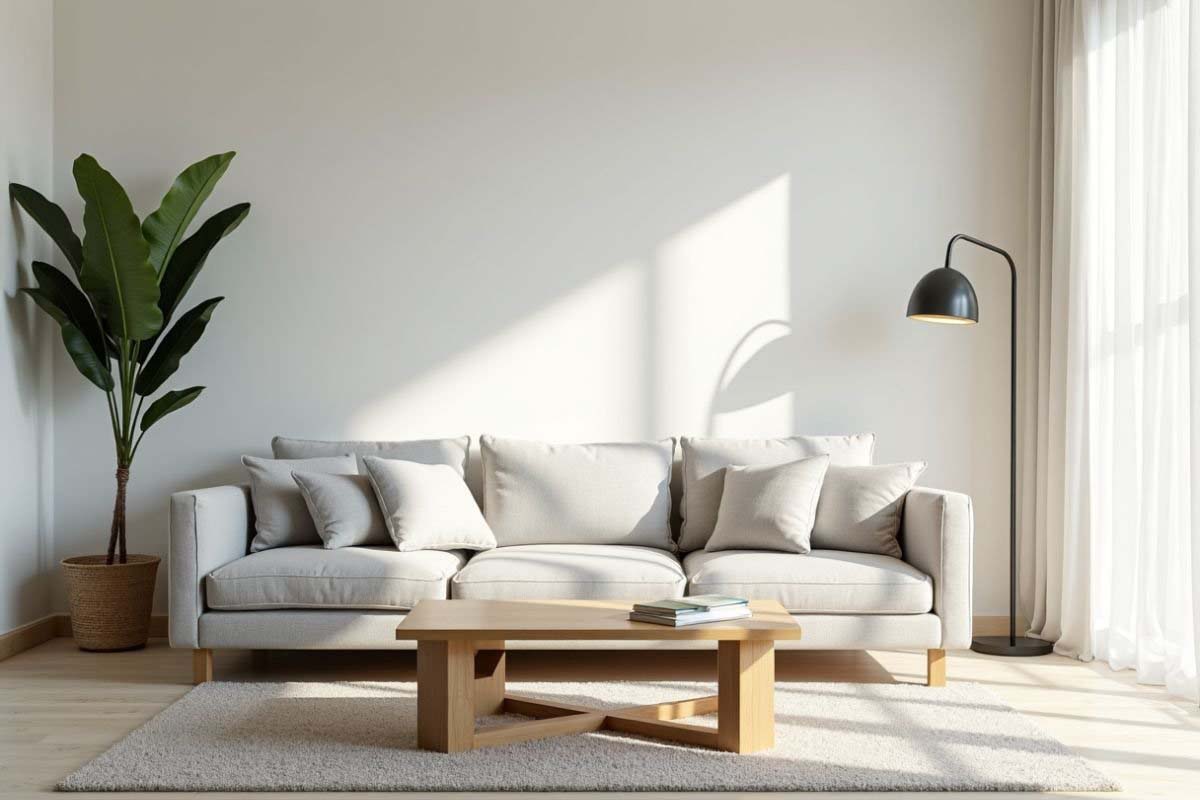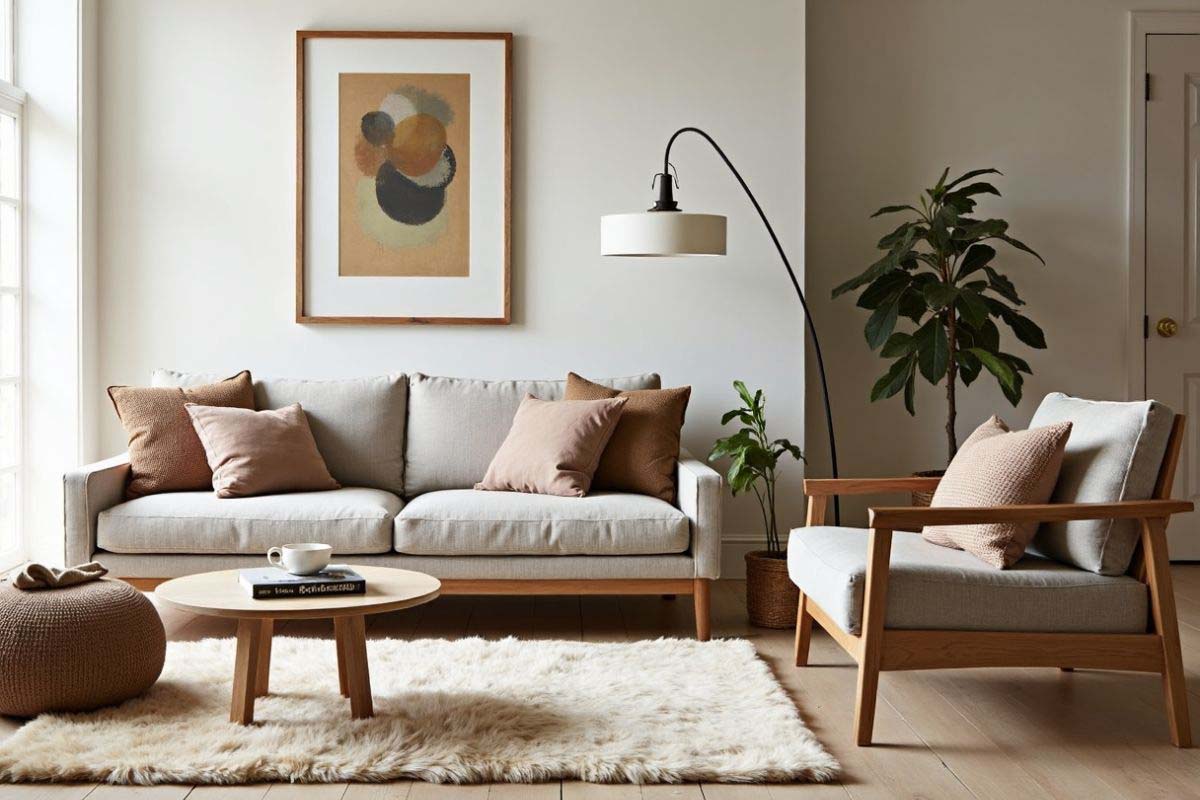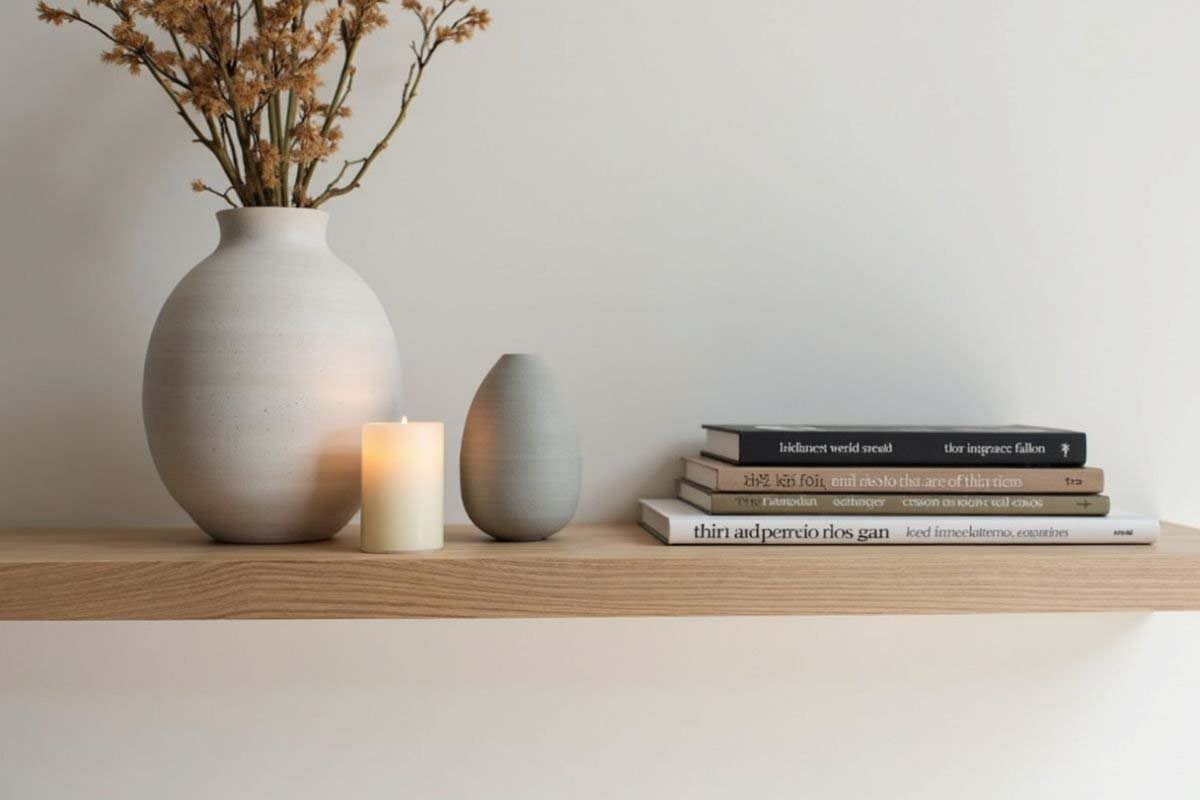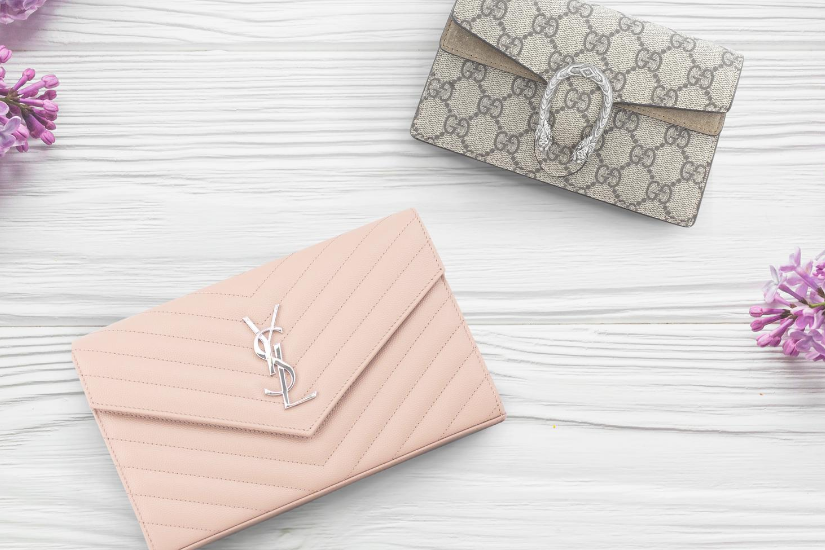Minimalism is more than just a buzzword—it's a lifestyle that inspires calm, clarity, and conscious choices. Whether you’re downsizing or simply yearning for a more serene home space, the minimalist living room is a chic, timeless solution. Let’s explore how to make minimalist magic happen in your own lounge, one curated piece at a time.
What Is Minimalist Interior Design?
Understanding the Concept of Minimalism
At its core, minimalist interior design is about intentional living. It prioritises function and simplicity without sacrificing beauty. Think clean lines, neutral tones, and plenty of breathing room. Less really can be more—especially when every element is carefully chosen.
A Brief History of Minimalist Design
Minimalism found its roots in post-war Japan and later gained global traction in the 1960s through art, architecture, and fashion. Today, it’s a leading aesthetic in interior design, celebrated for its blend of peace, order, and refined taste.
Key Characteristics of Minimalist Interiors
- Neutral and monochromatic colour schemes
- Open, airy layouts
- High-quality, functional furniture
- Clutter-free surfaces
- Natural textures and materials
How to Create a Minimalist Living Room

Choosing the Right Colour Palette
Start with a soothing base: whites, beiges, greys, and soft earth tones work beautifully. For depth, layer in muted greens or charcoal accents—colours that soothe rather than stimulate.
Embracing Natural Light
Let the sunshine in. Minimalist living rooms thrive on open windows, gauzy curtains, and clever mirrors to amplify daylight. It's about creating a mood that's bright but not busy.
Essential Furnishings for a Minimalist Look
Opt for low-profile, multi-functional furniture. Think a linen sectional with sleek legs or a mid-century wooden coffee table that doubles as storage. Every piece should serve a purpose and spark joy (yes, Marie Kondo would approve).
What Are the Best Minimalist Living Room Ideas?
Inspiring Minimalist Living Room Designs
From Japandi blends to soft monochromes, minimalist living rooms range from rustic to ultra-modern. Pair floating shelves with sculptural vases, or style a single art piece against a textured wall for impact.
Combining Modern and Scandinavian Styles
Scandi design is a minimalist’s best friend. Mix its soft textures and light wood with modern elements like geometric lighting or matte black fixtures for a fresh, lived-in look.
Using Natural Materials in Minimalist Decor
Incorporate raw materials like jute, stone, rattan, and timber. They ground the space while adding subtle texture and warmth—ideal for balancing minimalism with comfort.
What Are Expert Tips for Minimalist Interior Design?

Curating a Clutter-Free Space
Be intentional. Store away what doesn’t serve a visual or practical purpose. Open shelving? Only display a few curated objects. Less clutter = more clarity.
Creating Focal Points in the Living Room
Every minimalist room needs an anchor. Whether it’s a statement lounge chair, a textured rug, or a large-scale art print, keep the rest of the space subdued to let your hero piece shine.
Incorporating Personality into Your Minimalist Space
Minimal doesn’t mean sterile. Introduce layers through sentimental decor—maybe a ceramic piece from your travels or a handcrafted lamp that tells a story. Keep it personal but pared back.
How to Choose the Right Decor for a Minimalist Living Room
Choosing the Right Sofa and Coffee Table
Go for structured sofas in natural fabrics—linen, wool, or cotton. A slim, wooden coffee table with open space underneath keeps the room feeling airy and organised.

Using Rugs to Enhance the Minimalist Aesthetic
A neutral rug anchors your space and adds warmth. Choose textures like woven wool or soft cotton in understated patterns or block colours to maintain flow.
Incorporating Armchairs and Accessories
Select accent chairs that mirror your sofa’s shape or material. Keep accessories minimal—think one or two cushions, a tray for the coffee table, and perhaps a single indoor plant in a terracotta pot.
What Are Common Mistakes in Minimalist Living Room Design?
Over-Furnishing Your Space
It’s easy to fall into the “but I need more” trap. Don’t. In minimalist design, space is as important as furniture. Let your room breathe—edit ruthlessly.
Neglecting Natural Light
Heavy drapes or bulky furniture that blocks windows? That’s a no. Make light a central feature—it enhances the minimalist vibe and keeps your space from feeling flat.
Choosing the Wrong Colour Palette
Steer clear of colours that clash or overpower. Even if you love bold tones, limit them to accent pieces. A minimalist palette should evoke ease and calm, not chaos.
Final Thought from Harper:
Minimalist living is an invitation to slow down and savour the essentials. It’s not about stripping back everything—it’s about choosing what truly matters. In your living room, that might be a comfy sofa, good lighting, and space to breathe. Trust your instincts, edit often, and let your room evolve with you.




















